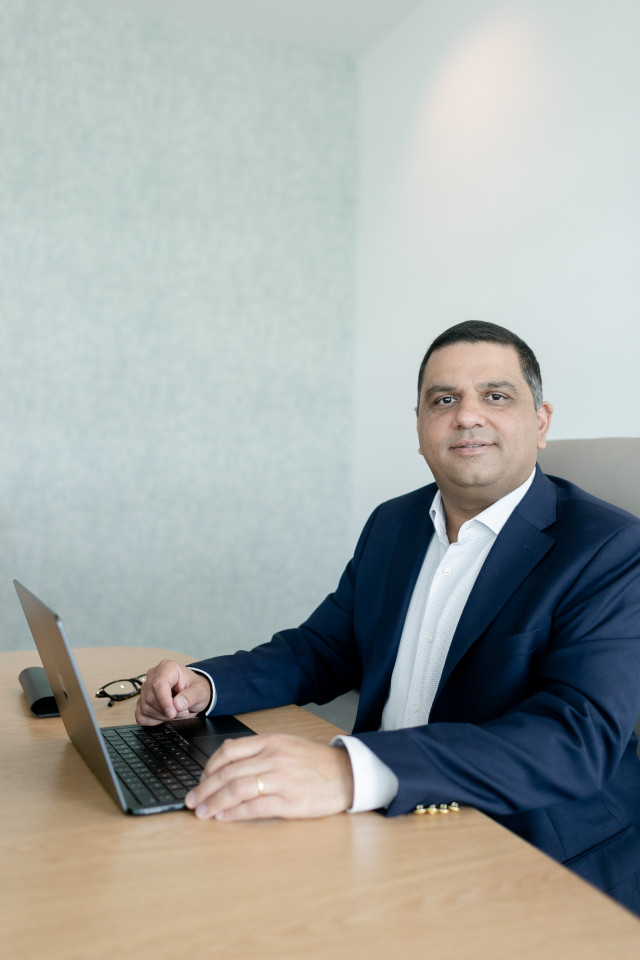Work-life balance. A new kind of balance.

Raise your hand if you haven’t heard the expression “work-life balance” in the past 12 months.
It’s an interesting phrase in the sense that it places two concepts—work and life—on opposite sides, when in fact, they should be complementary. The underlying assumption seems to be that anyone asking for more balance between work and life does not consider work to be a part of life.
I understand that the phrase aims to describe the balance between the time we spend working and the remaining hours in our day. But the choice of the word “life” as a counterpoint to “work” is far from meaningless.
People often split their lives between the time they dedicate to work and what’s left for fun, family, friends, hobbies, and personal interests. In one word: living. Living is not working—and spending the entire day working is not the kind of life most people aspire to.
This topic gained significant relevance in recent years, especially once the pandemic forced work to take over the space usually reserved for life.
Remote work brought comfort to employees who began managing these two worlds in a more integrated way. The physical workplace and traditional work hours suddenly became secondary. Workers found themselves in a surprisingly comfortable position: they could drop off and pick up their kids from school, go to the gym, run errands, do a midday yoga session—all while continuing to meet their professional responsibilities.
Paradoxically, many people felt they had achieved the so-called work-life balance without realizing they were actually working more hours than before. The balance came with more work, not less.
As usual with major shifts, bold predictions followed: “The office is dead” and “Remote work is the future” were among the most repeated.
Now, a few years into the experience, it’s clear that reports of the office’s death were greatly exaggerated—and that remote work, while very useful in some cases and specific roles, is ultimately not beneficial for either workers or companies.
In the medium to long term, companies suffer from a lack of proximity, camaraderie, and team cohesion. Workers miss social interaction, and the blending of work and leisure ends up making work moments less productive and leisure time less fulfilling.
That’s why we’re now seeing the office go through a process of humanization. Companies are calling their employees back—often in hybrid models—but they understand that the office people return to cannot be the same as the one they left.
It’s true (and perhaps inevitable) that artificial intelligence will replace humans in certain roles, but that does not diminish the value of human presence in the workplace. On the contrary—it enhances it. This growing value must be supported by companies that are now prioritizing the workplace, turning it into a space surrounded by technology, yes—but designed for people and their comfort.
This comfort is achieved by offering spaces and services that meet human needs. It comes from creating versatile environments that support both individual and team work, as well as leisure areas that foster team spirit. It includes flexible schedules, green and energy-efficient spaces (which younger generations, thankfully, increasingly care about). The new office is a true hub of collaboration, socialization, and well-being. It becomes an extension of workers’ homes (with “extension” being the key word—not “home”). It is through the offer of these human-centered spaces that Maleo has built a name for itself in a sector still very attached to pre-pandemic models.
The New Trend: Branded Offices
From a market perspective, the flexibility companies are now required to have will naturally bring consequences. Today’s office is less and less an isolated asset and more something that’s part of a broader ecosystem. The office is no longer just the office. The building itself (and its energy efficiency), the surrounding area, and what it offers—regardless of how central it is—are equally important.
Even office pricing is changing. It is no longer solely dependent on historically relevant factors like location or square footage. Increasingly, other elements such as certifications and the quality of the building are being valued.
I believe the next evolution in pricing will be the valuation of services provided. In this regard, Maleo is already paving an important path. Our clients already benefit from full serviced offices, with service levels often comparable only to those in the hospitality sector.
The way forward is to combine excellent services with high-quality buildings and top-tier property managers. This creates uniquely branded buildings that allow owners to enjoy strong, long-term occupancy. The integration of all these aspects gives rise to a new concept: branded offices.
At Maleo, this philosophy is embedded in all our centers, which are designed to offer maximum versatility and adaptability to both companies and employees.
More than just providing office space, we create complete solutions that combine flexibility, sustainability, and well-being. Our environments go beyond meeting operational needs—they become catalysts for organizational growth and success. While companies focus on what truly matters—their core business—Maleo focuses on making the work experience not something that needs to be balanced with life, but something that actually enriches it. That is our core business.
Back